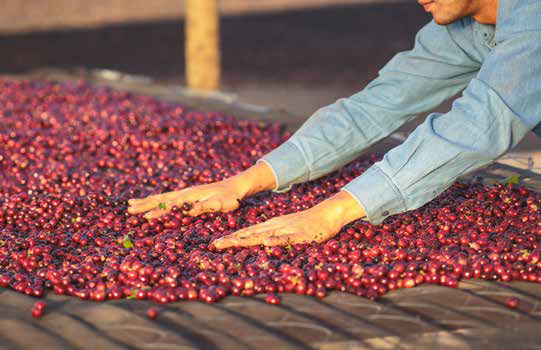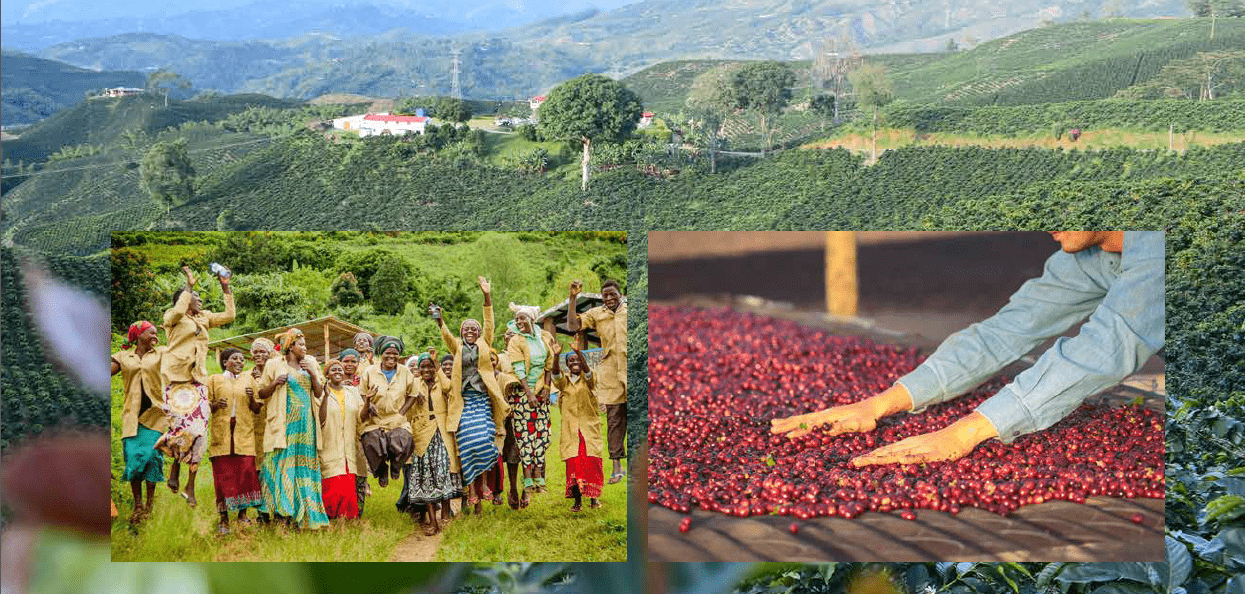

How did the pandemic affect the coffee trade?
Despite Covid-19 causing disruption to the supply chain, consumers at all levels were able to get their preferred coffees, and consumption at home increased. We have also noticed greater usage of commercial coffee versus specialty coffee, which is understandable because most consumers would rather pay less when consuming coffee at home.
What can you tell us about Sucafina as the leading sustainable Farm to Roaster coffee company?
Our vertically integrated structure across the value chain, from farmers all the way to end consumers, is a cornerstone of our purpose: to play a leading role in reshaping the coffee industry by creating sustainable value for all stakeholders across the whole coffee supply chain.
What does it take to become a leader in the world of green, roasted and instant coffee?
Greater transparency and the responsible sourcing of coffee are required to put companies on the right track. At Sucafina, we focus on three key areas: a global network of local teams to ensure sustainable supply chains that meet the needs of partners; innovation to keep the industry moving forward; and shared value to drive efficiency and equity across our supply chain.
From where does Sucafina source its coffee?
Sucafina is present in all coffee-growing countries. However, I would say that a significant amount of our coffee comes from East Africa.
Do you have any plans to expand?
Our goal is to keep growing, especially in the Asia-Pacific region. Furthermore, we aim to focus on specialty coffees, as we believe premiumization is the future of the industry.
What are the latest coffee trends?
End consumers are not only looking to upgrade their cup profile, they are also seeking sophisticated preparation methods, such as whipped coffee, snap-chilled coffee and nitro cold brew. It is clear that social media has played a fundamental role in this shift, especially among the younger generation.
In the MENA region, we are witnessing greater demand for high-quality micro lots from Colombia and Ethiopia, processed and a variety of processing methods, such as natural, washed, wet hulled and honey processed.
On the production side, the main challenge remains climate change, which is affecting crops in all coffee-producing nations. Brazil has already suffered a drought and intense frost this year, but other countries could also face similar impacts in the near future.














